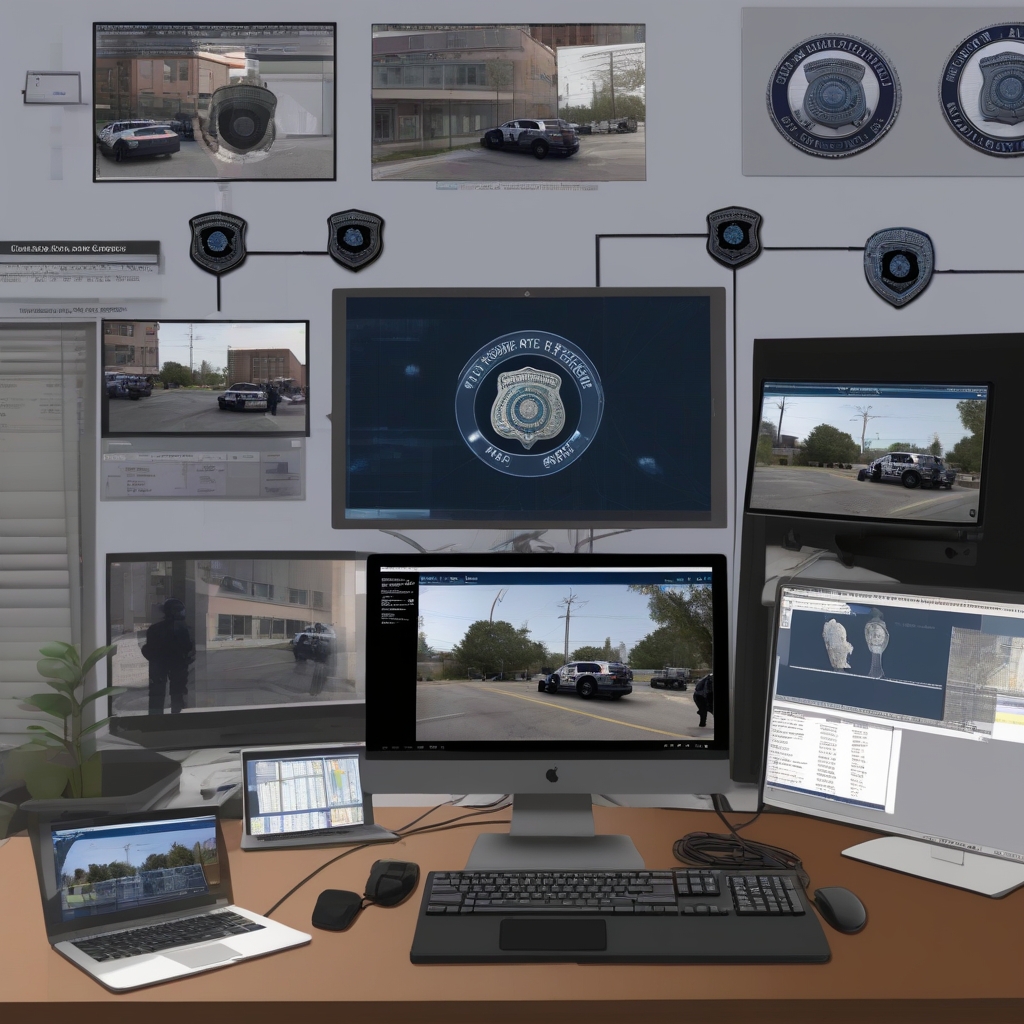Introduction to the Challenge
The introduction of **police body cameras** was heralded as a groundbreaking move towards greater transparency and accountability in law enforcement. However, the sheer volume of footage generated by these cameras has created a new challenge: how to review and analyze all this data in a timely and efficient manner. Traditionally, human reviewers have been tasked with meticulously combing through hours of video to identify any instances of misconduct, critical evidence, or procedural errors. But this method is both time-consuming and unsustainable given the rapid proliferation of body cams.
The Emergence of AI in Video Analysis
This is where artificial intelligence (AI) steps in. As technology advances, AI offers a promising solution to the cumbersome process of **police body cam footage review**. AI algorithms can be trained to rapidly scan video footage, flagging important events, and even identifying specific types of behavior. This can drastically cut down the time required to review footage, allowing human reviewers to focus on the most critical segments.
Efficiency and Speed
One of the most significant benefits of deploying AI for body cam footage is its speed. **AI systems can process video data in a fraction of the time it would take a human**. These systems can work tirelessly, 24/7, ensuring that footage is reviewed shortly after it is captured. This is crucial in scenarios where timely analysis is of the essence, such as investigations involving potential police misconduct or during an ongoing criminal case.
Accuracy and Consistency
**Human reviewers are prone to fatigue and error**, especially when tasked with reviewing extensive amounts of footage. AI, on the other hand, can maintain a high level of accuracy and consistency throughout the review process. With machine learning algorithms, AI systems can continually improve their detection capabilities, learning from past errors, and enhancing their accuracy over time.
Cost-Effectiveness
Deploying AI systems for video analysis can also be more cost-effective in the long run. While there is an initial investment in developing and implementing these technologies, the ongoing operational costs can be substantially lower compared to employing numerous human reviewers. This makes AI an attractive option for police departments facing budget constraints while still needing to manage a vast amount of body cam footage.
How AI Technology Works
AI technology designed for analyzing police body cam footage leverages a combination of machine learning and computer vision techniques. Here’s a look at some key components:
Object and Action Recognition
AI systems can be trained to recognize specific objects and actions within video footage. This includes identifying weapons, recognizing aggressive behaviors, or detecting when officers draw their firearms. Such capabilities enable the AI to flag critical moments that require human attention.
Natural Language Processing
**Natural Language Processing (NLP)** enables AI systems to understand and interpret spoken language within video footage. This can be used to transcribe conversations, identify verbal threats, or detect instances of verbal abuse. By analyzing audio alongside video, AI provides a comprehensive assessment of the footage.
Facial Recognition
Facial recognition technology allows AI to identify individuals captured in body cam footage. This can be particularly useful in recognizing repeat offenders or locating missing persons. However, it’s important to address the privacy and ethical concerns associated with facial recognition in law enforcement.
Addressing Ethical and Privacy Concerns
The integration of AI into police body cam footage review does not come without its challenges. **Privacy and ethical considerations** are paramount, and there are several key issues that need to be addressed:
Bias in AI Algorithms
There is a risk that AI systems could perpetuate existing biases within law enforcement. **Algorithmic bias** can occur when AI systems are trained on data that reflects historical prejudices or discriminatory practices. It is crucial to develop and deploy AI systems in a way that mitigates bias and promotes fairness.
Privacy Concerns
The use of AI in analyzing police body cam footage raises significant privacy concerns. There is a need to establish clear guidelines and regulations on how this footage is stored, accessed, and used. Protecting the privacy rights of individuals captured on video is essential.
Transparency and Accountability
Ensuring transparency around how AI systems operate and make decisions is vital. Police departments must be accountable for how they utilize AI technology and must conduct regular audits to ensure its proper use. Public trust can only be maintained through transparency and accountability.
The Future of Footage Review
As AI technologies continue to evolve, they hold the potential to revolutionize how police body cam footage is reviewed. Here’s what the future might hold:
Conclusion
The use of AI to review police body cam footage is a game-changer for law enforcement agencies grappling with data overload. By leveraging the power of AI, police departments can achieve faster, more accurate, and cost-effective analysis of video footage. However, it is crucial to address the privacy, ethical, and bias-related challenges associated with this technology. With careful implementation and continued advancements, AI has the potential to significantly enhance the transparency and accountability of law enforcement, fostering greater public trust and safety.

Leave a Reply